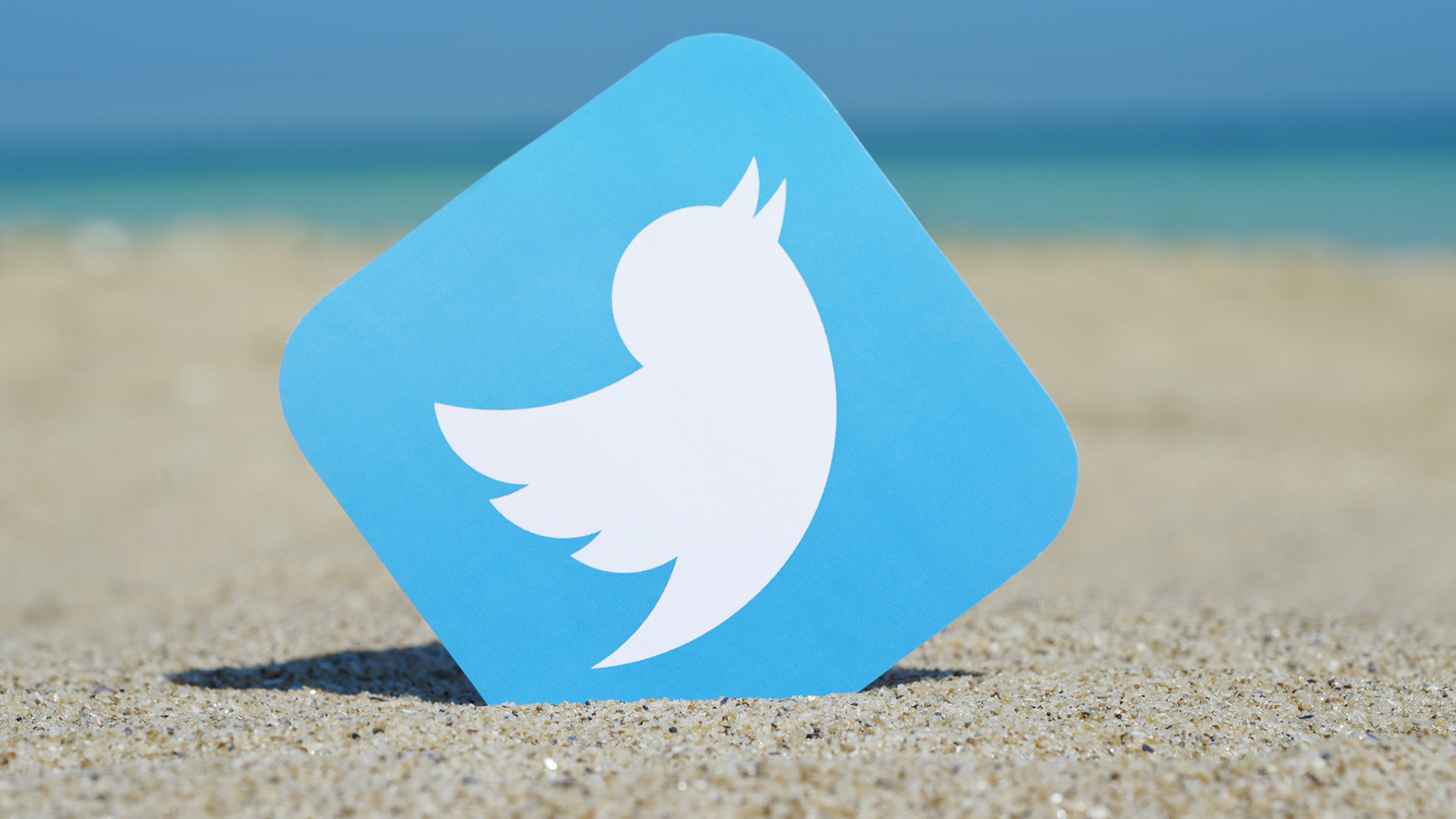Maximize your business’s Twitter impact
Are you using Twitter to its full potential? Contributor Will Scott shares six tips to help you build and manage a successful Twitter page for your business.
Twitter is too often overlooked by growing businesses. While it may not rival Facebook in popularity, Twitter still has over 300 million monthly active users. What’s more, 50 percent of Twitter users are more likely to buy the products of brands they follow online. To create and manage an effective Twitter page for your business, keep the following tips in mind.
1. Put time into your profile
The industry and size of your business will have a big impact on the tone and image of your Twitter profile. For example, medical professionals look relatable with a face picture as the image for a practice. On the other hand, hospitals should use a logo.
The appropriate choice for an image will depend on the intended brand and voice. The bio should also be thoughtfully written and edited to reflect the appropriate tone.
2. Don’t focus on products
Social media is a powerful marketplace for promoting products, but some businesses squander the potential opportunities. Tweeting primarily about products will make a company look like a spammer. Potential followers are already accustomed to the hassle of junk flyers and email, and they will shy away from Twitter pages that focus on advertising.
At first, it’s a good idea to spend more time observing how other companies use this platform. Watch for the kinds of posts that inspire interaction and attract followers. Especially for regional businesses, Twitter can be a great way to engage with community projects and organizations.
3. Use quick replies and welcome messages
Last year’s new features in Direct Messages have opened up new possibilities for customer service. Welcome messages start the conversation with users who are interested in messaging your business. They can also direct the user toward suggested prompts.
Quick replies can conveniently answer simple questions, such as order status and hours of operation, on behalf of your business. Automated responses can provide answers even when employees are not available. If someone has a more complicated question or request, then a human employee can take over.
4. Join the conversation
To quote one of the protest signs in the recent Pepsi commercial, “Join the conversation.” While it’s a good idea to stay clear of unnecessary controversy, there’s nothing wrong with showing that your business is engaged with current events.
It’s not necessary to take a stance on public protests or respond to any of the political forces on Twitter. President Trump has continued to make use of his personal account, and a long list of government organizations now have unofficial “rogue” pages. The surge of political content is helping to ensure that American consumers will continue to tweet and follow for the foreseeable future.
Engaging on controversial issues could easily backfire, but there are plenty of nonpartisan topics where your business can engage followers. Seek out industry leaders in related fields, and don’t be afraid to retweet.
Your business can provide followers with insight on current events, even if it’s just a matter of sharing reputable links. Consider your target audience and the types of posts they would find engaging.
5. Leverage the new locations features
Ongoing technical innovations continue to expand the number of ways a business can use social media. Twitter has recently allowed businesses to share and request locations in messages. This means that customers can engage with your page and message you to find the nearest location.
The service is particularly useful for franchises with multiple locations. For restaurants, users can make reservations and even place to-go orders more easily.
Location data also improves the accuracy of complaints and other feedback. For the sake of user privacy, people are granted a choice about whether to share their location data. With information about the locations of your followers, you can make sure that your posts are targeted for those areas and demographics.
6. Organize with lists
As you follow a growing number of customers, prospective customers and other businesses, it’s a good idea to build lists of different types of pages. You can create up to 20 different lists on Twitter, separating out a few that you want to follow more closely.
If you follow customers, then it may be good to keep them in a separate group from other businesses. If you follow SEO companies on Twitter, then you wouldn’t want to miss important advice in the jumble of other types of tweets.
Some sources will naturally be a higher priority, even if they don’t post frequently. Thinking in terms of lists, different types of posts can be used to target your various types of followers.
Ultimately, effective use of Twitter will require time and commitment to learning about the culture of social media. Some types of posts are more likely to get engagement from your followers, and generating that type of content can further boost your following.
Relevant, timely posts with pictures tend to attract more attention. With the help of the above tips, even an inexperienced business owner can benefit from public forums like Twitter.
Contributing authors are invited to create content for MarTech and are chosen for their expertise and contribution to the martech community. Our contributors work under the oversight of the editorial staff and contributions are checked for quality and relevance to our readers. MarTech is owned by Semrush. Contributor was not asked to make any direct or indirect mentions of Semrush. The opinions they express are their own.
Related stories
